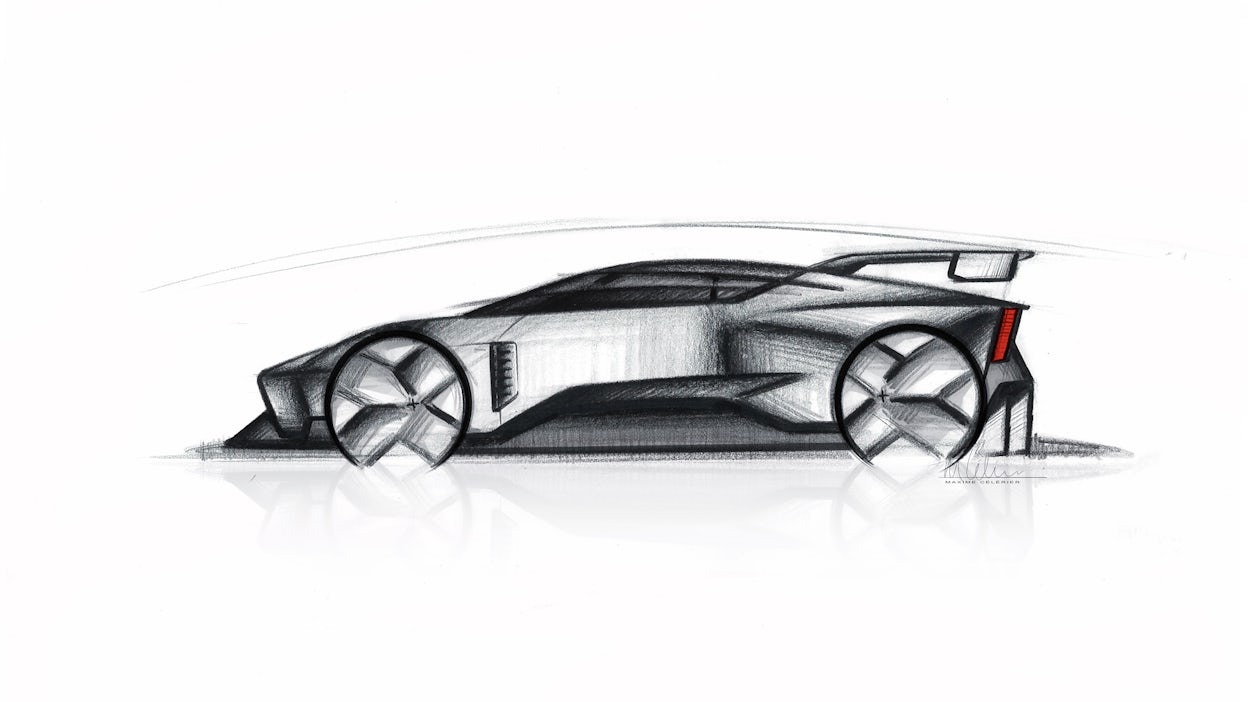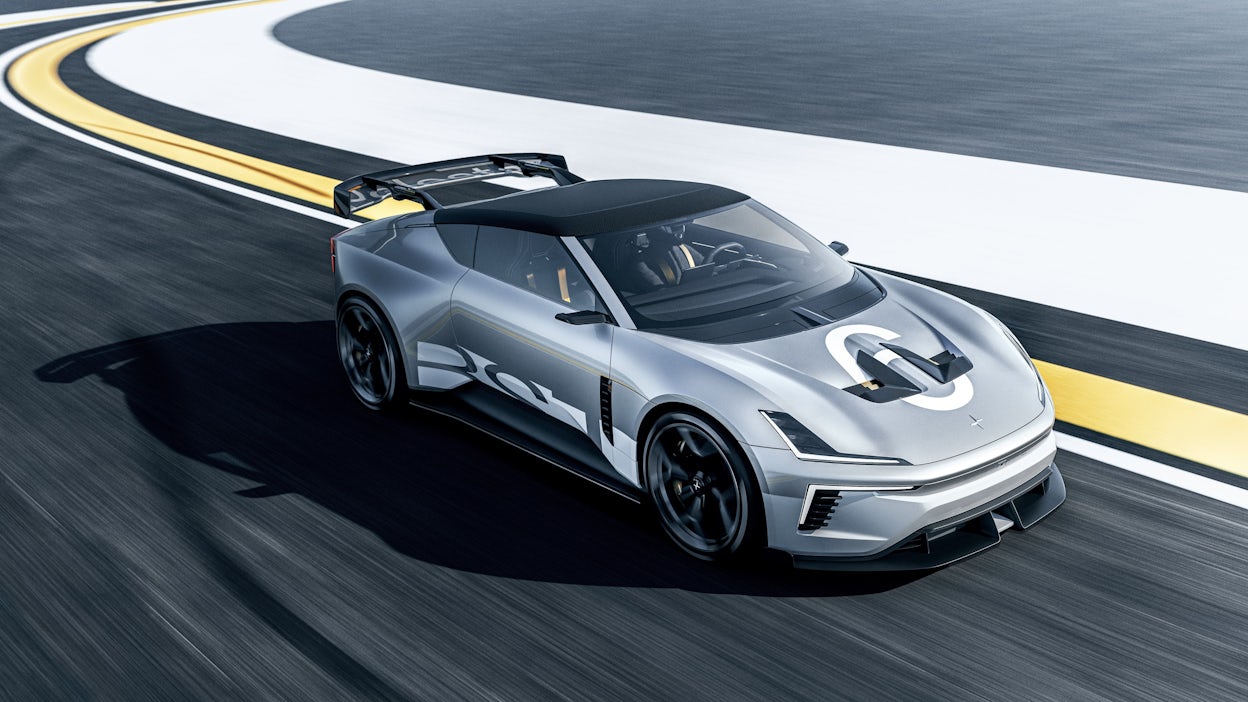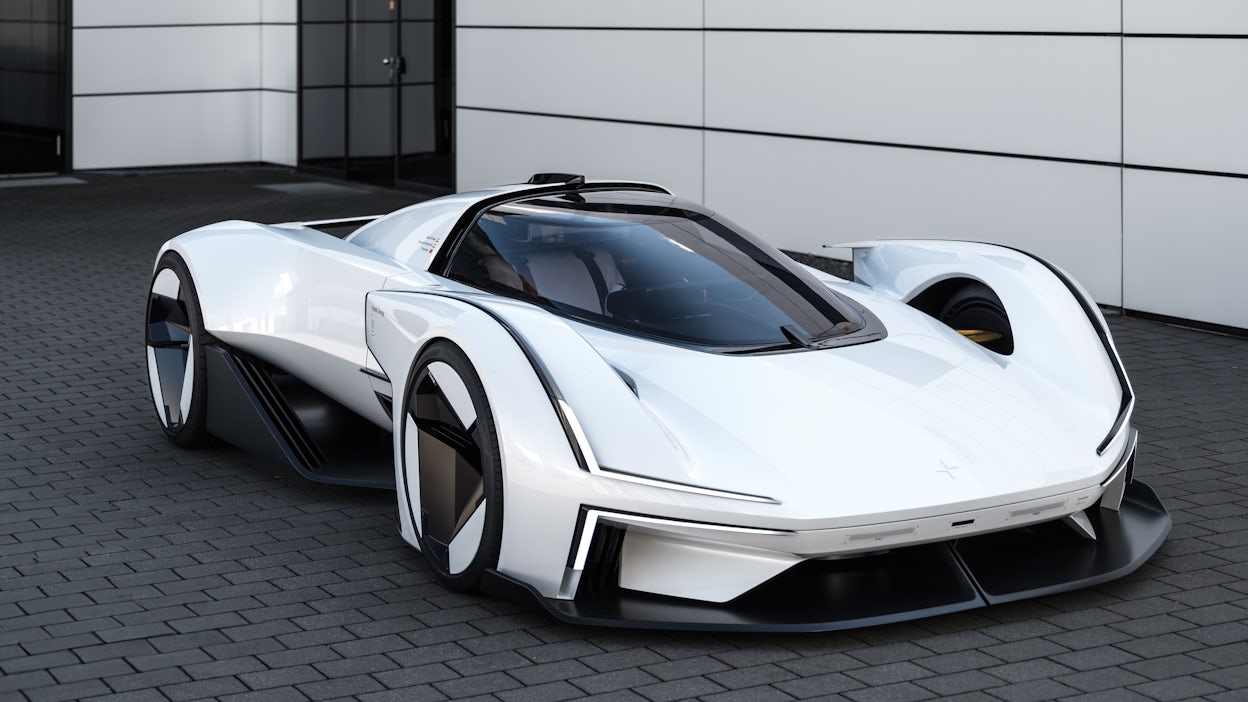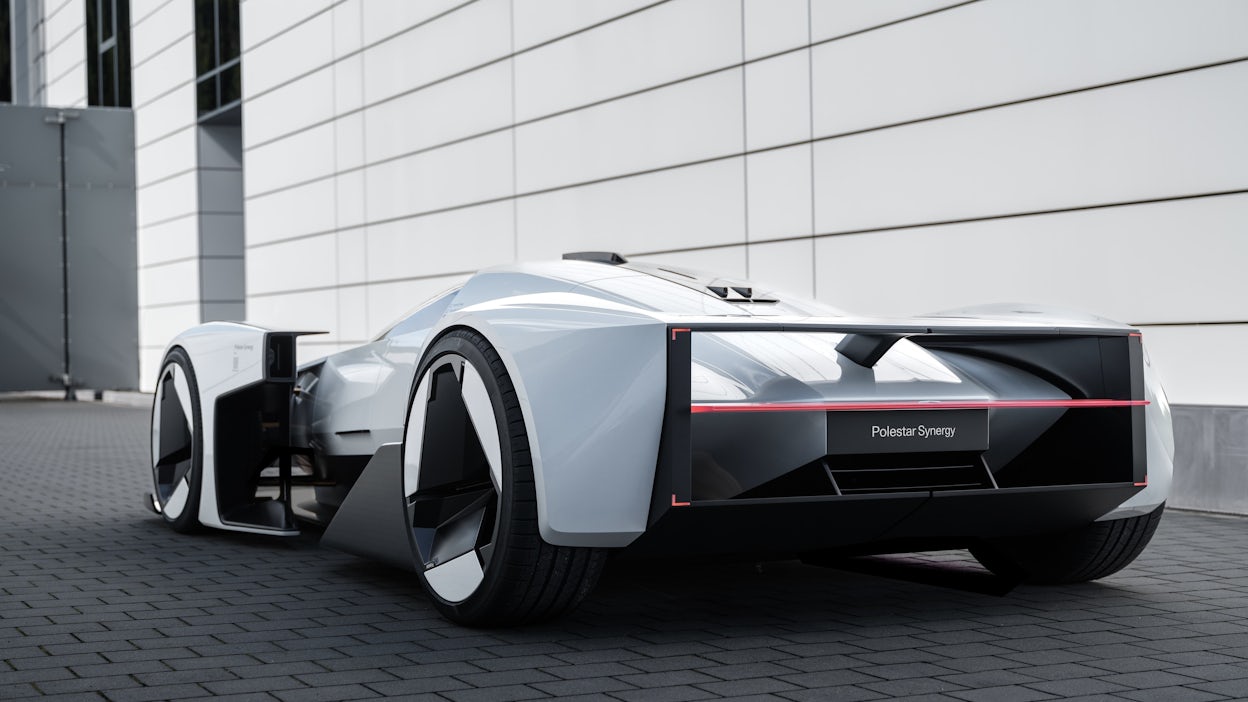The importance of concept cars
Every great leap forward in the automotive world started with a bold idea, a sketch, or a prototype — leading to an eye-catching concept car. These vehicles are far more than showpieces; they are the first glimpse into the future of travel, where design, technology, and imagination collide to shape the road ahead.

What are concept cars?
Before we dive deeper, it’s worth asking: what are concept cars? Simply put, concept cars are prototypes designed to showcase new developments in automotive design and technology. Unlike traditional production models, concept cars are not built to be sold (though there are some exceptions); they are created to experiment, test, and sometimes dazzle.
Concept cars act as experimental playgrounds for designers and engineers. They allow manufacturers to explore radical ideas that might be too risky or ambitious for immediate mass production. Whether it’s advanced aerodynamics, futuristic user interfaces, or cutting-edge electric drivetrains, concept cars give automakers the freedom to push limits without the constraints of production timelines or budgets.
At Polestar, we view concept cars as more than just design exercises. They’re an opportunity to refine our vision for the future, testing everything from sustainable materials to performance-enhancing technologies in real-world settings.


Can you buy concept cars?
This is a question we get asked a lot. The short answer, unfortunately, is usually no. But it’s a bit more complex than that.
Most concept cars are not built for the market, but are one-off prototypes designed to test new ideas. However, some of the features and designs showcased eventually make their way into production models. Occasionally, a concept vehicle is released in a limited production run, but these are often expensive collector’s items, accessible to only a select few.
For car enthusiasts, the real excitement lies not in owning a concept car but in watching how these prototypes influence the production cars of tomorrow. Many of the groundbreaking ideas we see in concept vehicles eventually trickle down to models you can actually drive. So, while you may not be able to buy a concept car outright, you can look forward to seeing its influence on the road in the years to come.

Electric concept cars: Shaping our future
The automotive industry is in the middle of a seismic shift toward electric vehicles — and concept cars have become critical in shaping this transition. At Polestar, we’ve placed performance at the heart of everything we do, and our electric concept cars are central to this mission.
Electric concept cars allow automakers to experiment with new EV technologies, such as longer-range batteries, faster charging systems, and even autonomous driving capabilities. For example, Polestar’s concept cars not only showcase our design language but also demonstrate our commitment to creating high-performance EVs that are both exciting to drive and better for the planet. Click here if you want to learn more about our Concept BST in the picture above.
These electric prototypes often include advanced features like energy-efficient aerodynamics, innovative use of recycled materials, and connectivity that transforms how we interact with cars. The ideas we explore in concept cars today are what will define the electric vehicles of tomorrow.
Take the Polestar Precept, for example. This electric concept car represents our vision for sustainable luxury — and has grown into Polestar 5 over time. You can follow its journey from concept to car in our YouTube series.
Concept cars in 2025: What’s Next?
So, what does the future hold? If you’re wondering about the concept cars of 2025, you’re in for a treat. The coming year promises some of the most innovative and futuristic concept vehicles we’ve ever seen.
In 2025, we can expect to see even more electric concept cars, with automakers continuing to experiment with battery technology, autonomous driving, and futuristic designs. Trends like connected cars, vehicle-to-grid technology, and even biodegradable materials are likely to be showcased in the concept cars of the near future.




01/02
The legacy of old concept cars: How the past shaped the present
Concept cars aren’t just about the future; they also offer a fascinating glimpse into the past. Some of the most iconic old concept cars have left a lasting legacy on the automotive industry.
In the mid-20th century, automakers began unveiling futuristic prototypes that seemed like something out of science fiction. Think of the Firebird from the 1950s, with its jet-inspired design, or the Stratos Zero, which redefined aerodynamics in the 1970s. Though these cars never made it to mass production, their influence can still be seen in today’s vehicle designs.
These early prototype cars showed that many ideas once thought too ambitious — such as electric drivetrains or self-driving technology — have now become reality. In fact, many old concept cars pioneered technologies that would later become mainstream, like aerodynamics, hybrid powertrains, and digital dashboards. They laid the groundwork for the vehicles we drive today and the innovations we’ll see tomorrow.
Concept cars: Designing the future of automotive innovation
So, why are concept cars so important? The answer lies in their ability to bridge the gap between imagination and reality. They allow carmakers to dream big and experiment with technologies and designs that would otherwise be too risky or expensive to implement in a production model.
At Polestar, concept cars are more than just blueprints for the future. They’re an embodiment of our ethos — an opportunity to blend performance, sustainability, and Scandinavian design into something that excites both the industry and car enthusiasts alike. Every concept vehicle we create is a bold statement about where we’re headed, from advanced electric technology to a commitment to sustainability.
If you want to learn how we take our concepts into production, watch our series “From Concept to Car” with new episodes every month.









